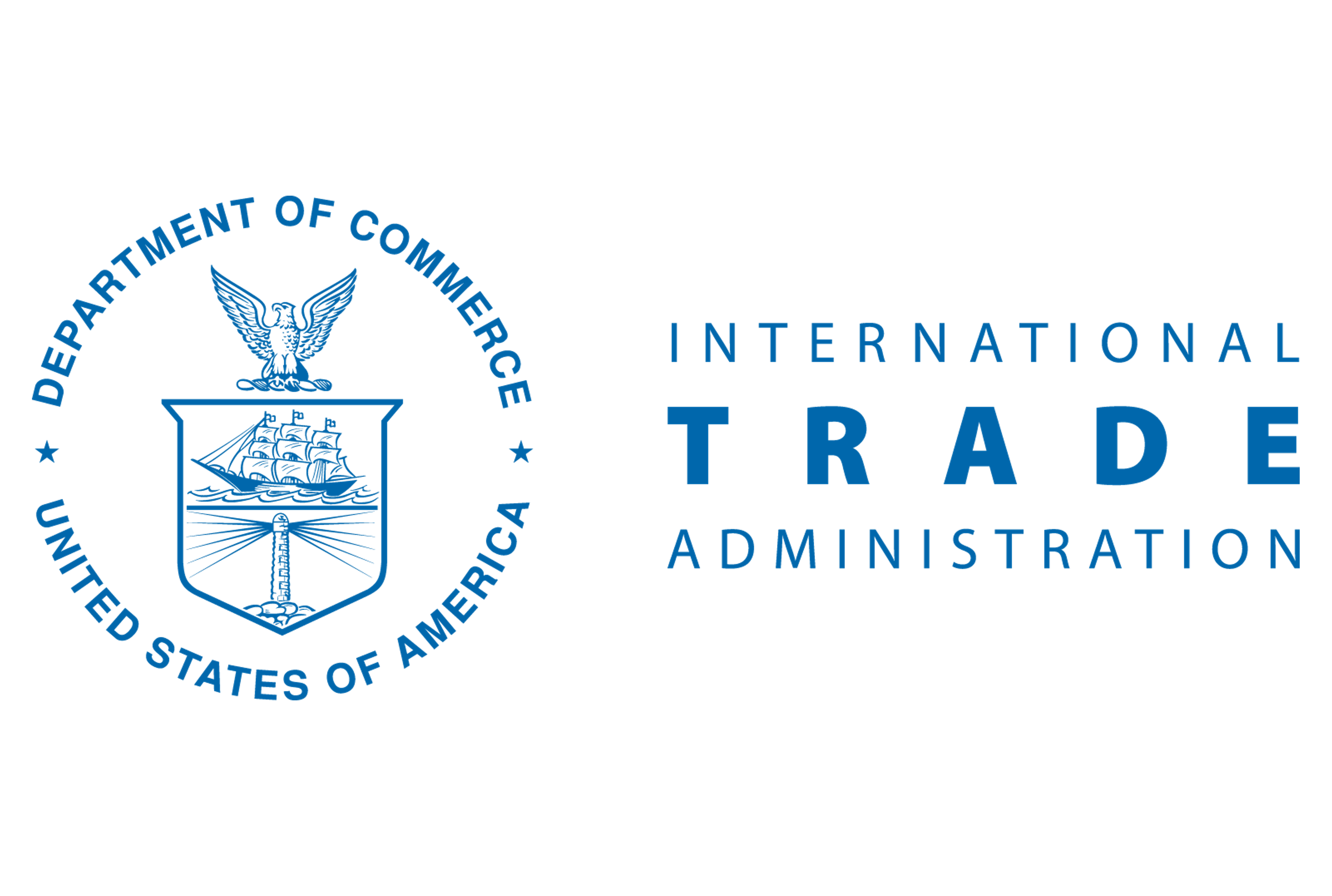Analysis

December 2, 2019
AGC: Trade Disputes Hindering Construction Investment
Written by Sandy Williams
Trade disputes and uncertainty regarding U.S. economic growth are causing businesses to delay or cancel construction plans, said the Associated General Contractors of America in a new analysis of construction spending data.
Construction spending declined 0.8 percent in October from September, but topped year-ago levels by 1.1 percent as decreases in private nonresidential, multifamily and public projects outweighed a recent revival in single-family homebuilding, said AGC.
“A drop in mortgage interest rates has given a boost to single-family homebuilding in recent months, but these gains have been offset by weak private nonresidential spending as trade friction drags down U.S. economic growth,” said Ken Simonson, the association’s chief economist. “Businesses that have been hurt by existing tariffs and retaliatory actions by U.S. trading partners or firms facing uncertainty over future trade policy are likely to hold off on construction projects.”
Estimates by the U.S. Census Bureau show construction spending totaled $1.291 trillion at a seasonally adjusted annual rate in October, said AGC, a decrease of 0.8 percent from the September rate but 1.1 percent more than the October 2018 rate. Year-to-date spending for January-October combined fell 1.7 percent from the same months in 2018.
Private residential construction spending declined 0.9 percent for the month, but edged up 0.5 percent from a year ago. Single-family homebuilding rose for the fourth consecutive month, rising 1.6 percent from September, although the October rate was 3.1 percent less than in October 2018. Spending on multifamily projects was down 1.6 percent for the month and down 2.1 percent from a year earlier. Spending on residential improvements fell 4.5 percent for the month, but increased 8.2 percent over 12 months.
Private nonresidential spending decreased 1.2 percent from September to October and 4.3 percent from a year ago. Major private nonresidential segments experienced mixed year-over-year results. The largest—power construction (comprising electric power generation, transmission and distribution, plus oil and gas fields and pipelines)—climbed 3.6 percent from a year ago. Commercial (retail, warehouse and farm) construction tumbled 17.7 percent. Manufacturing construction inched down 0.2 percent. Private office construction spending rose 1.0 percent.
Public construction spending dipped 0.2 percent for the month, but jumped 10.2 percent from a year earlier. Among the three largest public categories in October, compared to the October 2018 rate, spending climbed 8.4 percent for highway and street construction, 9.8 percent for educational construction and 13.0 percent for transportation (airports, transit, rail and port) projects.
AGC urged the Trump administration to settle trade disputes quickly, citing the damage trade policies have had on agricultural, manufacturing, distributing and transportation businesses.
“Construction firms are at risk of being caught in the crossfire from trade wars unless the government removes tariffs that are hurting the competitiveness of U.S. businesses and gets foreign countries to re-open their markets to U.S. exports,” said Stephen E. Sandherr, the AGC’s chief executive officer. “Until that happens, private nonresidential construction is likely to suffer.”







